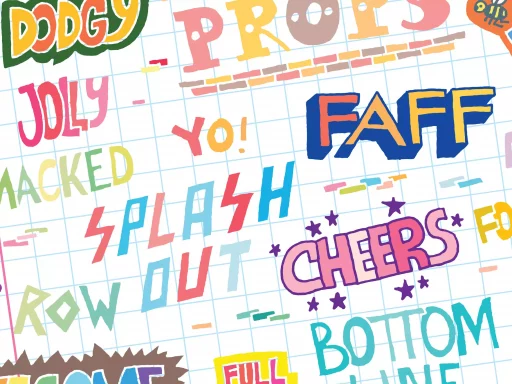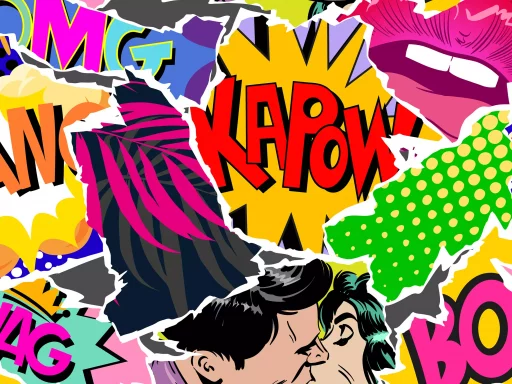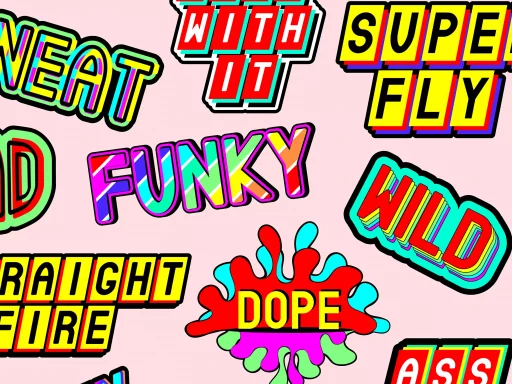Introduction to Cant
The term “cant” has evolved significantly over time, creating different meanings and usages in contemporary slang. Originally referring to a particular form of speech or jargon used by specific groups, cant now encompasses a broader range of informal expressions used in everyday conversation. This article delves into the origins, meanings, and current uses of cant in the world of slang.
The Historical Background of Cant
The word “cant” has a rich historical background. It dates back to the 15th century, originating from the Latin word “cantare,” meaning “to sing”. Initially, cant referred specifically to the jargon used by various itinerant groups, such as thieves or beggars. Over the centuries, cant has transformed to include various dialects and forms of communication that are often exclusive to certain groups.
Modern Definitions of Cant
In modern slang, “cant” typically refers to any specialized language or jargon used by a particular group. However, it can also denote a form of insincerity or pretentiousness in communication. Here are the most common modern definitions:
- Specialized Language: Jargon used within a specific group that is often difficult for outsiders to understand.
- Sneaky Talk: Language that conveys underlying meanings or secrecy, commonly found in criminal slang.
- Insincerity: A form of speech that lacks genuineness, often associated with pretentious behavior.
Examples of Cant in Everyday Slang
Cant manifests in numerous ways across various communities. Here are a few examples:
- Tech Industry: Terms like “onboarding,” “synergy,” and “disruptive” serve as a type of cant that’s commonly understood within the tech community.
- Teen Slang: Phrases such as “lit,” “fam,” and “cancelled” act as a form of cant amongst younger generations.
- Sports Jargon: Athletic communities often use cant, with terms like “sixth man,” “home run,” and “red card” all understood in specific contexts.
The Role of Social Media in Propagating Cant
Social media platforms have played a significant role in the dissemination of cant, allowing new phrases and expressions to go viral rapidly. Statistically, a large percentage of slang terms originate from online interactions:
- According to a survey by Pew Research, approximately 75% of teens use social media to communicate with their peers.
- Nearly 50% of teen slang terms have emerged on platforms like TikTok and Twitter in the past few years.
This rapid sharing and adoption of cant have led to a more dynamic and fluid language landscape.
Case Studies: Understanding Cant Through Real-World Examples
To better understand how cant operates in society, consider the following case studies:
Case Study 1: The Rise of Gen Z Slang
Gen Z is known for its unique vocabulary. Words like “lit” meaning exciting and “cap” meaning to lie have become mainstream due to the influence of social media. This generation’s adoption of cant has transformed how slang is perceived, making it more accessible.
Case Study 2: Medical Cant
In the medical field, practitioners often use cant to communicate effectively without misinterpretation. Terms like “bradycardia” or “hypertension” may sound like jargon but serve essential functions in ensuring clear communication among healthcare providers.
Conclusion: The Future of Cant in Slang
As language continues to evolve, so does the concept of cant. Its adaptability makes it an important aspect of how we communicate within various groups. As more people engage in online conversations, the words and phrases that define cant will likely continue to change, offering new insights into the cultures that use them. Understanding cant helps us appreciate the diversity in language and the connections we make through shared communication.






